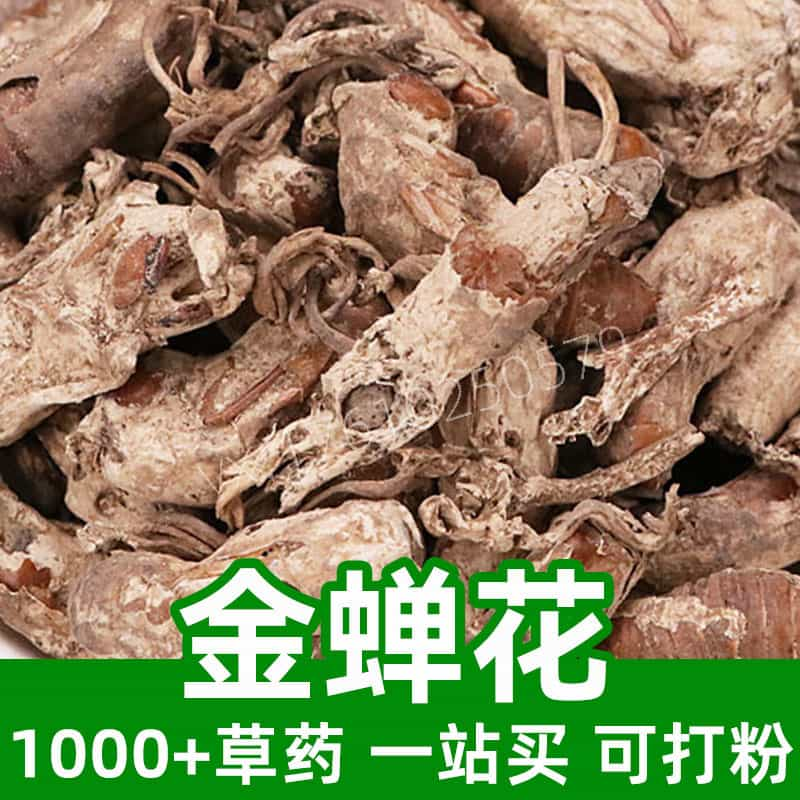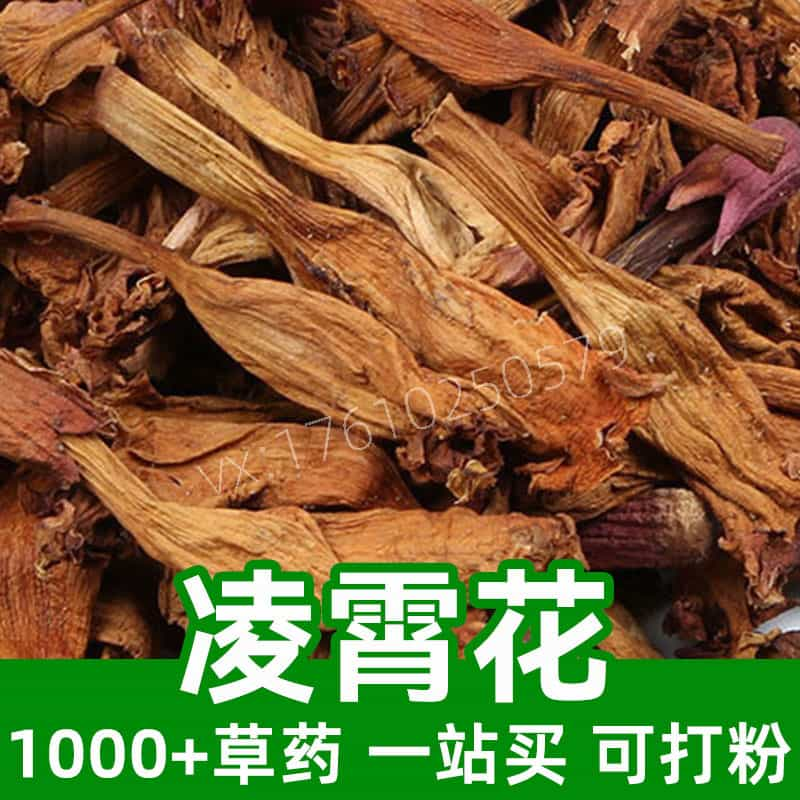Product Introduction
Prunella vulgaris, commonly known as self-heal or heal-all, is a perennial herbaceous plant belonging to the mint family (Lamiaceae). Recognized for its varied applications in traditional herbal practices, this plant boasts a rich history in both Eastern and Western herbal medicine. Indigenous to much of Europe, Asia, and North America, Prunella vulgaris thrives in temperate climates, often found in moist, open fields, meadows, and along roadsides.
The herb has been traditionally valued for its wide-ranging health benefits attributed to its complex biochemical composition, which includes phenolic acids, flavonoids, and numerous other phytochemicals. These components contribute to the herb's reputation as a supportive agent in various health-related practices.
Prunella vulgaris is often prepared as an infusion, tincture, or powder and can be incorporated into dietary practices as a culinary herb. Its unique flavor profile, marked by mild bitterness and slight sweetness, makes it suitable for inclusion in a variety of dishes. The versatility of the herb enhances its popularity among herbalists and home chefs alike.
Overall, Prunella vulgaris serves not only as a valuable component in traditional medicine but also represents the rich tapestry of herbal connections between food and well-being.
Main Active Ingredients
Prunella vulgaris contains a diverse array of active ingredients that contribute to its myriad health benefits. Key compounds include:
- Phenolic Compounds: These compounds, such as caffeic acid and rosmarinic acid, possess strong antioxidant properties that protect the body from oxidative stress and combat inflammation.
- Flavonoids: Quercetin and apigenin are notable flavonoids found in this herb. They are recognized for their potential in enhancing immune function and providing anti-inflammatory effects.
- Iridoids: Compounds like aucubin yield anti-inflammatory and antimicrobial properties, which may support the body's defense mechanisms.
- Glycosides: These sugar-containing compounds are thought to contribute to the herb's potential benefits in digestion and overall health.
- Essential Oils: Although present in smaller quantities, essential oils extracted from Prunella vulgaris show potential antibacterial and antifungal activities, aiding in maintaining a balanced microbiome.
The presence of these active ingredients is believed to synergistically enhance the therapeutic properties of the herb. Continuous research investigates their precise mechanisms and benefits, underpinning the plant's longstanding use in traditional medicine.
The effective extraction and preservation of these active components are crucial for maximizing the potency and efficacy of Prunella vulgaris in various applications.
Product Application Scenarios, Usage, and Dosage
Prunella vulgaris is widely utilized in traditional Chinese medicine (TCM) as well as Western herbal practices. Its versatile applications encompass both medicinal use and culinary incorporation, highlighting its adaptability as a herbal ingredient.
Medicinal Use in TCM
In TCM, Prunella vulgaris is traditionally prescribed for various ailments and is known for its cooling properties. Practitioners may recommend it in both powder and infusion forms to balance body heat and nourish its functions. It is often utilized for its potential to support the liver and improve general well-being.
Culinary Applications
In culinary practices, Prunella vulgaris can be used fresh or dried. It is often added to teas, soups, and salads, contributing mild flavors and beneficial nutrients. The dried form can also be steeped for herbal infusions, providing a pleasant drinking experience while delivering its beneficial properties.
Recommended Dosage
- Infusion: A common dose is 1 to 2 grams of dried herb per cup of hot water, steeped for 10-15 minutes, taken 2-3 times a day.
- Tincture: If consumed as a tincture, a standard dosage is about 1-3 mL, taken 2-3 times per day.
- Powder: The powdered form can also be mixed into food or taken with water, typically around 1-2 teaspoons per serving.
It’s essential for users to consult with qualified herbalists or healthcare practitioners before starting any herbal regimen, particularly if they are pregnant, breastfeeding, or have existing health concerns.
Introduction to the Source Plant, Distribution, and Growth Environment
Prunella vulgaris is a resilient plant that thrives in a variety of environments. Known primarily as a perennial herb, it belongs to the family Lamiaceae, which is characterized by aromatic herbs that often display square stems. This species, referred to colloquially as heal-all, grows in a range of conditions, although it prefers well-drained, moist soils.
Distribution
This herb is native to Europe and Asia, yet it has successfully migrated to North America and parts of Australia. Its adaptability has allowed it to spread across many temperate regions, making it accessible to herbalists and foragers alike. In the wild, Prunella vulgaris can be found in meadows, grasslands, and along roadsides, often thriving in disturbed areas.
Growth Environment
Prunella vulgaris typically flourishes in sunny locations with partial shade, requiring at least a few hours of sunlight daily for optimal growth. The plant can reach heights of 10 to 40 cm and develops a series of lanceolate leaves that can grow up to 10 cm long. During the growing season, it produces delicate purple flowers that bloom from late spring to early fall.
This widespread availability and adaptability make Prunella vulgaris an important herbal resource, particularly in traditional herbal practices.
Harvesting, Processing, and Storage
Harvesting Prunella vulgaris requires careful timing and technique to ensure the preservation of its active ingredients. The ideal time for harvesting is during the flowering phase, typically late spring to early summer, when the plant's active components are at their peak levels.
Harvesting Techniques
Herb gatherers often use scissors or shears to clip the aerial parts of the plant, including leaves and flowers, while avoiding any damage to the roots. It is essential to harvest from areas that are free of pesticides and pollutants to ensure safety and quality.
Processing Methods
After harvesting, the freshly cut parts of Prunella vulgaris must be processed promptly to retain their efficacy. For drying, the branches can be hung upside down in a cool, dry, and well-ventilated area, away from direct sunlight. Once completely dried, the herb can be crumbled or stored whole for various applications.
Storage Practices
Proper storage practices are crucial to maintaining the quality of Prunella vulgaris. Dried herbs should be stored in airtight containers, preferably in a dark place, to avoid degradation from light and moisture. When stored correctly, dried Prunella vulgaris can retain its potency for up to two years.
By following these careful harvesting and storage methods, the beneficial properties of Prunella vulgaris can be preserved, allowing users to enjoy its unique qualities for an extended period.
Monica Sun is a seasoned expert in the natural raw materials industry, with over a decade of experience specializing in traditional Chinese medicinal herbs, spices, and fungi. She is skilled in the sourcing, processing, and application of these materials, emphasizing sustainability and innovation. Monica Sun has contributed to the development of high-quality natural raw materials that serve as essential components in functional foods, pharmaceuticals, and cosmetics, delivering tailored solutions to meet diverse market needs.













